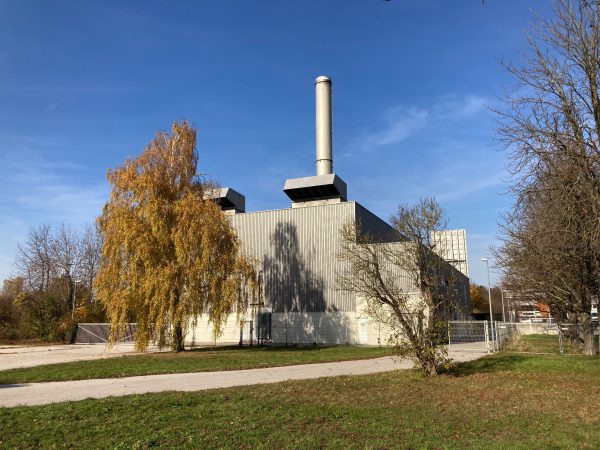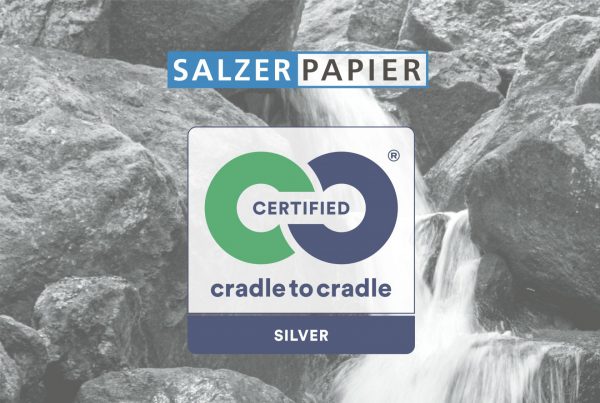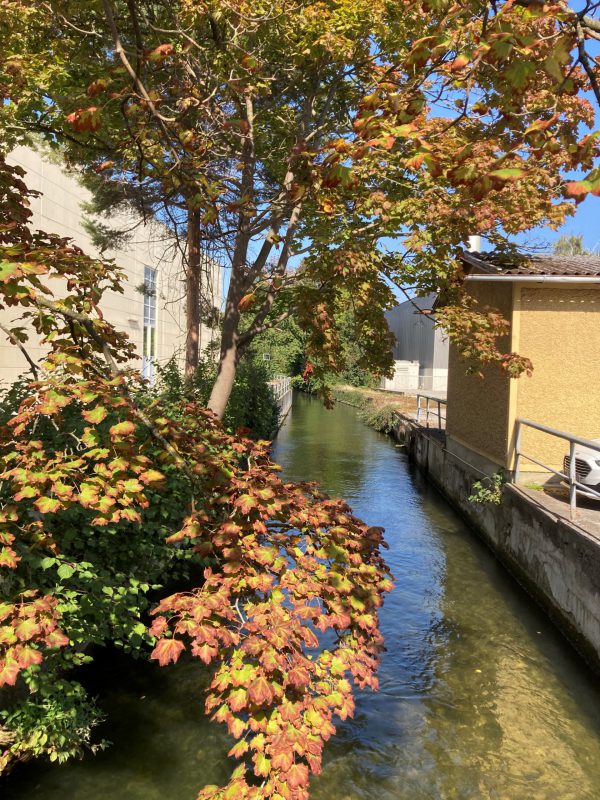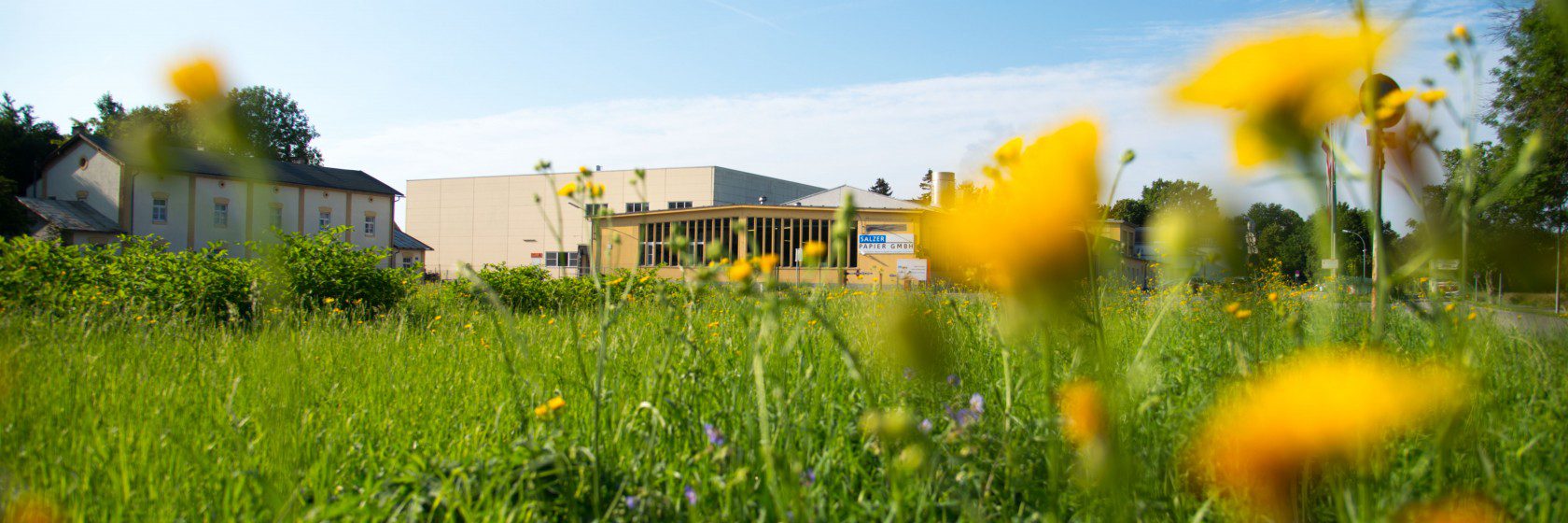We are constantly improving our environmental impact and want our processes to have as little impact on the environment as possible. Our certificates make our performance visible – but we are always one step ahead.
We obtain all of our heat and electrical energy from a highly efficient gas-fired combined heat and power plant operated by EVN Wärme GmbH directly on site. This power plant also supplies other companies and feeds heat and electricity into the public grid.
Further optimization of energy consumption is achieved through better utilization of the paper machine and ongoing technical measures.
This also reduces specific CO₂ emissions.

We are committed to sustainable forestry. The protection of virgin forests and the sustainable use of our forests are important to us. Our pulp is made from wood that comes from sustainably managed forests. All papers are available as FSC®, PEFC™ and Cradle to Cradle Certified®. Where technically possible, we prefer to source raw materials regionally to keep transportation distances short.

We minimize our water consumption by recycling large quantities of the water. At our site, wastewater is discharged into the municipal wastewater treatment plant. No BAT parameters are set for this process. The quantity and quality of wastewater is operated in consensus and below the loads and notices established with the wastewater association.

The majority of the waste produced is residual material that is recycled. Our own production waste (e.g. paper) is reused directly in the plant. For each ton of paper produced, a total of only 1.7 kg of residual waste is generated, of which approx. 0.9 kg comes from the Mühlbach rake in front of the hydropower plant (this is mainly green waste).
Our central location in the capital of Lower Austria is a great advantage for our employees. All our locations are easily accessible by public as well as individual means of transport. Away from the inner city traffic chaos, but still close enough to visit the beautiful St. Pölten city center on foot.
Carbon Footprint
As an industrial company, we are naturally concerned about our carbon footprint.
We have been regularly calculating a CO2 footprint for more than 10 years. The CO2 model was created according to ISO 14044 (life cycle assessment) with consideration of the CO2 fixation in the forest (toe1) and in the product (toe2) according to CEPI-10-toes-model by denkstatt. It is intended to present as realistic a picture as possible of all the CO2 quantities emitted directly and indirectly by our production and includes all raw and auxiliary materials from the cradle to our factory gate (cradle to gate). On this basis, we can take strategic decisions to further reduce the CO2 we emit.
Key findings (2021 carbon footprint update – data base 2020):
- The energy generation of electricity and heat from natural gas used at the site has a significant impact on the results. The advantage of the highly efficient gas CHP plant for heat production leads to higher CO2 emissions, but electricity is used exclusively from gas and hydropower (own small power plants at the site) without transport losses (grid) and without any share of nuclear and coal-fired power.
- CO2 consumption according to ISO 14044 per average ton of paper produced in 2020: 829kg CO2 (2018: 867 | 2014: 953)
- Including carbon sequestraition in forests (according to CEPI 10 toes – toe1: -162kg CO2 per metric ton of paper
- Including carbon sequestraition in forests & product (according to CEPI 10 toes – toe1 & 2: -1.153kg CO2 per metric ton of paper
- The main focus for CO2 reduction is on process improvements in paper production.
- The CO2 footprint varies for individual products depending on the production method.
- The calculation method for energy production emissions was adjusted in 2021 based on the actual efficiency of the plant. The gas input of the turbine is entirely attributed to electricity generation, paper production is entirely supplied from waste heat (without CO2 attribution) except during turbine downtimes.
The study was prepared by denkstatt in 2021 based on data for 2020.
The generation of heat and electricity from gas based on fossil raw materials is still the most efficient method with the lowest CO2 emissions. At the moment, we are considering a switch to residual materials and biomass. With this approach, we try to present a comprehensive situation, even though we are aware that the CO2 values may thus be higher than those of other producers.




